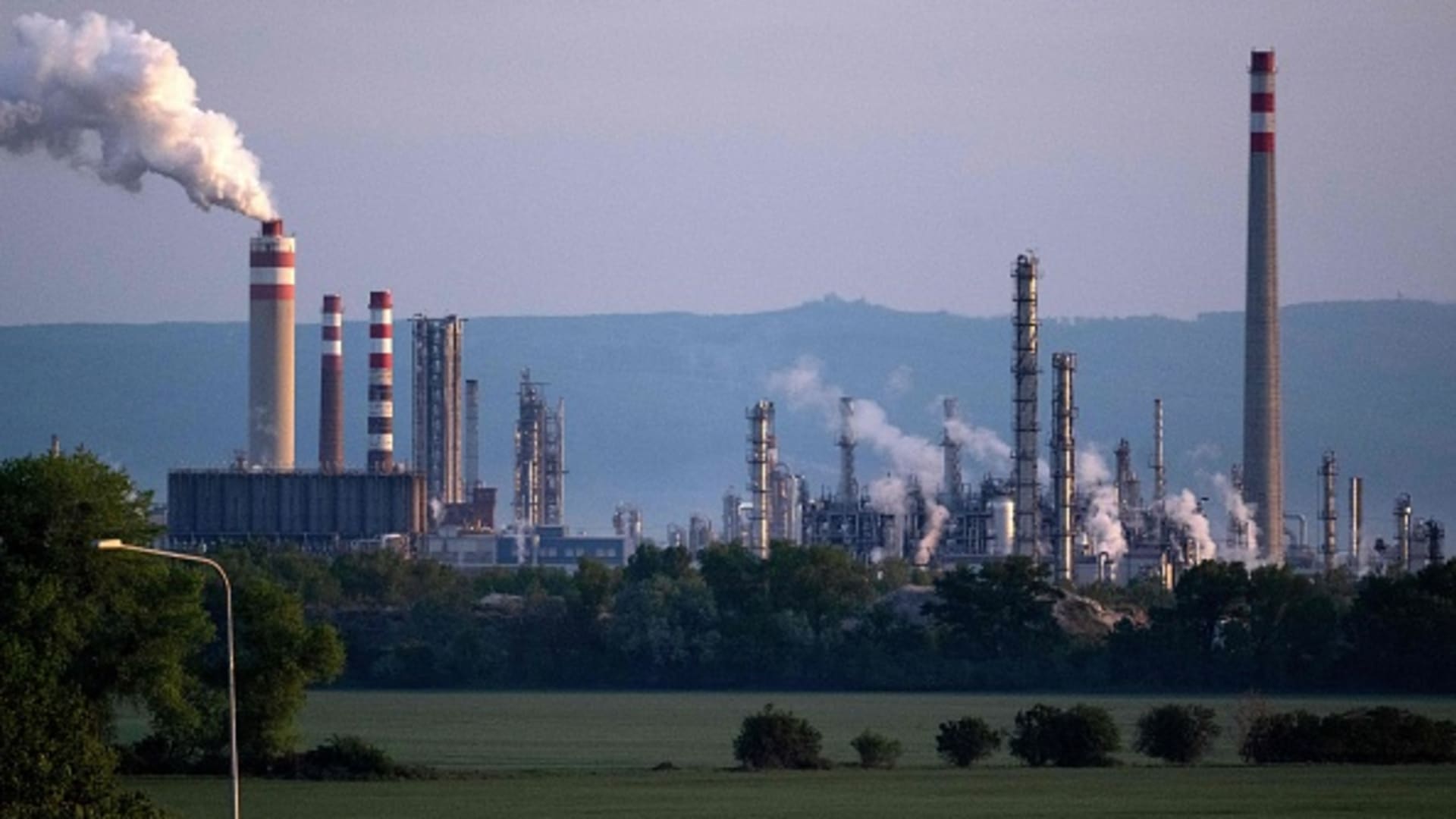Record high oil prices could be on the horizon in the event of a conflagration of the ongoing Israel-Hamas war, the World Bank cautioned.
Should the conflict expand beyond the borders of the Gaza Strip to a repeat of the Arab oil embargo in 1973, oil prices could surge to $157 per barrel, the World Bank noted in its latest Commodity Markets Outlook report.
The highest price of oil on record was in July 2008, when Brent traded as high as $147.5 per barrel, according to data from LSEG.
“In a ‘large disruption’ scenario — comparable to the Arab oil embargo in 1973 — the global oil supply would shrink by 6 million to 8 million barrels per day,” the World Bank said. “That would drive prices up by 56% to 75% initially — to between $140 and $157 a barrel.”
The oil crisis fifty years ago sent oil prices rising fourfold after Arab energy ministers imposed an embargo on oil exports on the U.S. in retaliation for its support of Israel in the 1973 Arab-Israeli war, known in Israel as the Yom Kippur War.
If the conflict were to escalate, the global economy would face a dual energy shock for the first time in decades.Indermit Gillchief economist, World Bank
The projection is one of World Bank’s three risk scenarios estimating the varying degrees of disruption to oil supplies, based on past historical episodes involving regional conflicts.
In the case of a “small disruption,” global oil supplies will see a reduction of 500,000 barrels per day to 2 million barrels per day, a decrease rivaling that seen during 2011’s Libyan civil war.
A “medium disruption” scenario would knock 3 million to 5 million barrels per day off the markets to push oil prices up to between $109 to $121 per barrel. That’s roughly equivalent to levels reached during the Iraq war in 2003.

With all that being laid out, under the World Bank’s baseline estimates, oil prices are expected to average $90 a barrel in the current quarter before falling to an average of $81 per barrel in 2024 as global economic growth slows. The conflict’s implications on commodity markets “should be limited” if it does not widen, the report said.
“The latest conflict in the Middle East comes on the heels of the biggest shock to commodity markets since the 1970s — Russia’s war with Ukraine,” said World Bank’s Chief Economist Indermit Gill.
That war led to disruptive effects on the global economy that persists to this day, he added.
While both Israel and the Palestinian territories are not major oil players, the conflict sits in a wider key oil producing region.
“If the conflict were to escalate, the global economy would face a dual energy shock for the first time in decades — not just from the war in Ukraine but also from the Middle East,” Gill warned.
